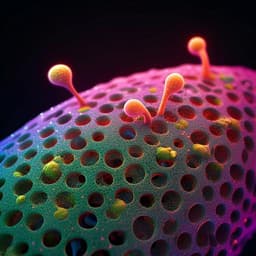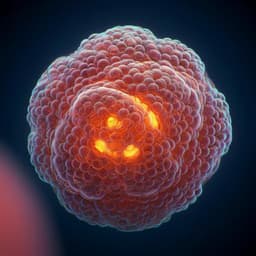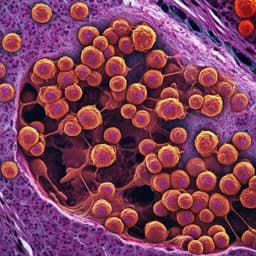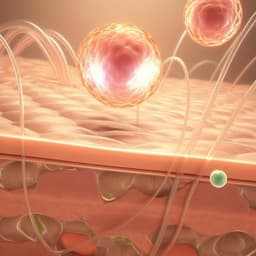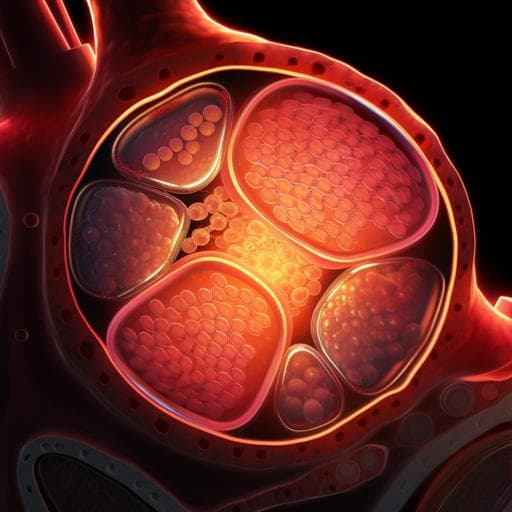
Medicine and Health
Generation and characterization of cardiac valve endothelial-like cells from human pluripotent stem cells
L. Cheng, M. Xie, et al.
This groundbreaking study introduces a two-step, xeno-free method for generating valve endothelial-like cells from human pluripotent stem cells. The research, conducted by a team including LinXi Cheng and MingHui Xie, reveals the pivotal roles of TGFβ1 and BMP4 in cell differentiation, leading to superior performance on decellularized porcine aortic valve scaffolds. Discover how this advancement could reshape tissue engineering for heart valves!
~3 min • Beginner • English
Related Publications
Explore these studies to deepen your understanding of the subject.



